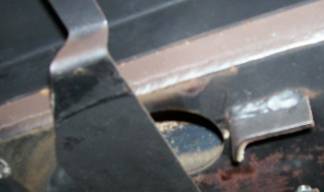c5rulz
Addicted to ArboristSite
Fireplace installers?
Glad you mentioned science. Here's the outdoor air myth exposed:
http://woodheat.org/outdoor-air-supplies.html
That article is talking about smoke spillage into the room from inadequate draft and depressurization of the house. There is no down side to outside air going into a stove. If there was why is every single gas furnace made today use outside air? And BTW, what are they, 96-97% efficient.
A stove without outdoor combustion air creates a 500CFM of air that must be reheated to room temp. When it's -20, heating makeup air up 90 degrees is a lot of energy, i.e. cold drafts.







